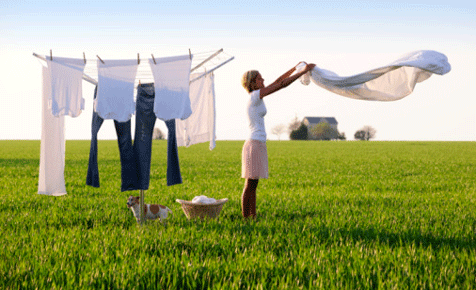5 Common Laundry Mistakes You Make While Doing Your Laundry
Friday, March 28th, 2025Doing laundry and managing work is often tough. It is a common practice to throw one load of dirty clothes together in the machine, but cleaning clothes is a more detailed process.
Professional laundry drop-off service in San Jose or elsewhere sorts clothes by fabric, measures detergent to pre-treat stains, and closes zippers. They will leave your clothes feeling fresh and clean. Individuals sometimes make mistakes unknowingly while doing laundry. Below are a few of these things you need to avoid.
List of Common Laundry Mistakes
1. Not Sorting Whites
It is essential to sort garments by color, and fabric. Washing dark-colored clothes with whites is a nightmare. Also, separate very dirty or muddy clothes from less dirty clothes, and denim from other soft and delicate fabrics. Also, professional laundry drop-off service providers turn your denim inside out and then wash them with cold water, so the color doesn’t get faded.
2. Not Using the Detergent Right Way
Always remember to not add detergent directly to your clothes as they can be harsh on fabrics. Rather, put clothes first, then water, and at last the detergent. Moreover, do not use too much detergent, as this leaves residue on your clothes and even causes some damage.
3. Leaving Clothes Un-Zipped
Before putting your clothes in the machine be sure that all your jeans, dresses, and other garments are zipped. Open zips can damage your clothes as they circulate together in a clothes washer.
4. Not Pre-Treating Stains
The drop-off laundry service providers in San Jose first remove the stains before your clothes go to the washer. The experts dab them gently and pretreat them with cool water, laundry detergents, or stain remover. Then wash clothes as usual. Also, do not rub your clothes too much as it can destroy fabrics of your clothes.
5. Washing clothes with a dry cleaning label
The next on our list is very important. First, check the tags on your clothing. Some delicate clothes or fancy clothes have dry clean tags on them. This means you cannot just hand wash them or machine wash them. You need to dry clean them only. If you are a busy professional, then it is best to hand your clothes to
If you are a rookie, then it’s best to hand the dry cleaning clothes to the laundry drop-off service in San Jose.
In The End
When you are living on your own, handling work and laundry, it’s natural to make mistakes. Therefore, knowing the things mentioned in this blog help you protect your clothes and save time.
We at Rainbow Laundry, offer expert laundry drop-off service in San Jose and its surrounding areas. We pick up and deliver within 5 miles of our location; even you can even drop your laundry off with the attendant and pick it up later as per your schedule.






